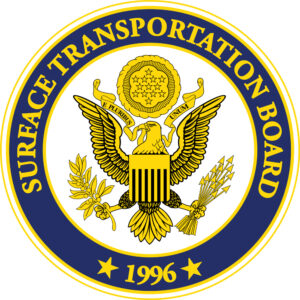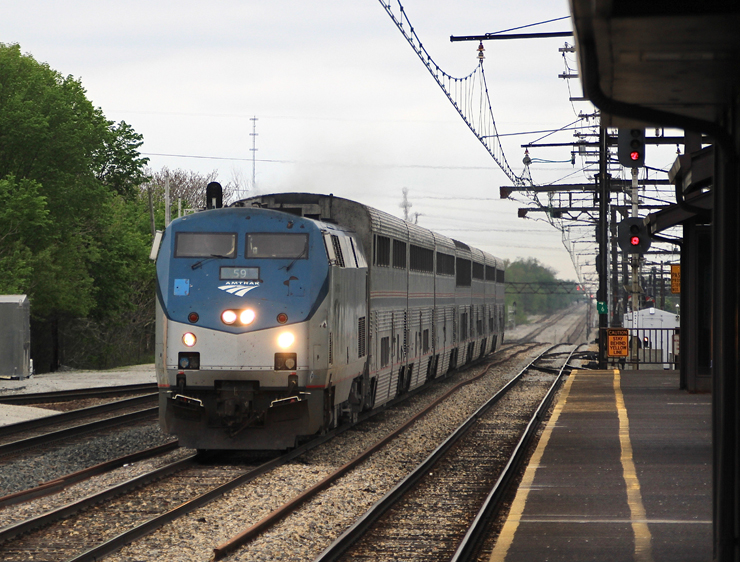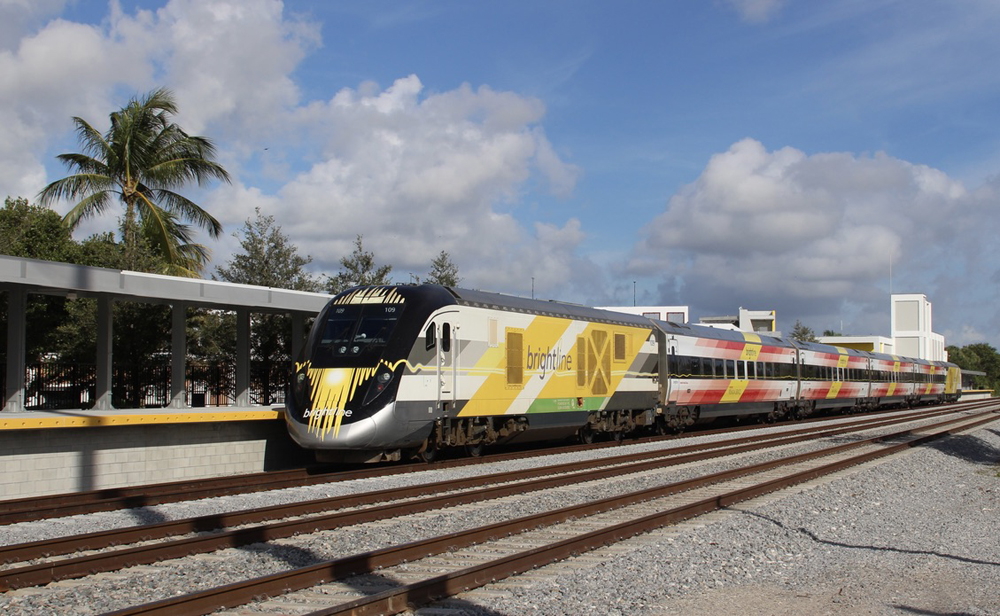 WASHINGTON — The Surface Transportation Board has released the list of those scheduled to testify during the public-comment portion of its hearing on Amtrak’s request to start Gulf Coast service, the first stage of which is set for Tuesday, Feb. 15.
WASHINGTON — The Surface Transportation Board has released the list of those scheduled to testify during the public-comment portion of its hearing on Amtrak’s request to start Gulf Coast service, the first stage of which is set for Tuesday, Feb. 15.
Tuesday’s proceeding will be held via Zoom starting at 9:30 a.m. EST, beginning with public comment, and will be carried live for the public at the STB’s YouTube channel. A lengthy list of state and local officials, other local groups, railroad trade associations, shippers, passenger train proponents, and others are slated to take, after which CSX, Norfolk Southern, the Alabama Port Authority, and Amtrak will have the option of responding. A full list of the speakers is available in the decision issued Friday by the STB.
This phase of the hearing will resume on Wednesday, Feb. 16, at 9:30 a.m., if necessary.
The hearing will be recorded and subsequently available at the STB website at the “Meetings and Hearings” portion of the “News and Communications” tab. A transcript will also be available at the same tab, under “Transcripts and Statements.”
This is the first phase of a two-part proceeding. As previously outlined by the board, public comments will be followed by a pre-evidentiary hearing for the parties involved in the case. The hearing itself will be held March 9 and, if necessary, March 10 [see “STB sets details for hearing …,” Trains News Wire, Feb. 2].














A good place to start would to see how Paul Reistrup, Graham Claytor, and David Gunn handled such matters. Each came from freight railroads when they operated passenger trains. I don’t know if Amtrak’s senior leadership has experience in the freight railroad business.
Reistrup had it hard and Reistrup had it easy.
Hard because he inherited a barely functioning railroad from Roger Lewis with a dog’s breakfast of deteriorated second-hand cars and locomotives.
Easy because he didn’t have to deal with today’s issues – new routes, increased frequencies, and the decrease in capacity on the freight lines (single tracking etc.). Or freight railroads that no longer had enough employees to keep things moving. As an example, when Reistrup ran Amtrak, Santa Fe’s line across Raton Pass still functioned as an actual railroad. In Reistrup’s day, some of the railroad-owned coach yards, backshops, loco shops, and commissaries still existed so Reistrup didn’t have to worry about those, except to pay for their use. Reistrup’s former employee ICRR could still run trains at speed on double track, albeit on very poorly maintained double track.
I see Mr. Moorman will be speaking. He’s been on both sides of the table so I look forward to his time.
Intriguing! Any idea, Mark, what Moorman might say? Perhaps he’ll try to split the difference (having been, as you say, on both sides of the table), but that’s only conjecture on my part.